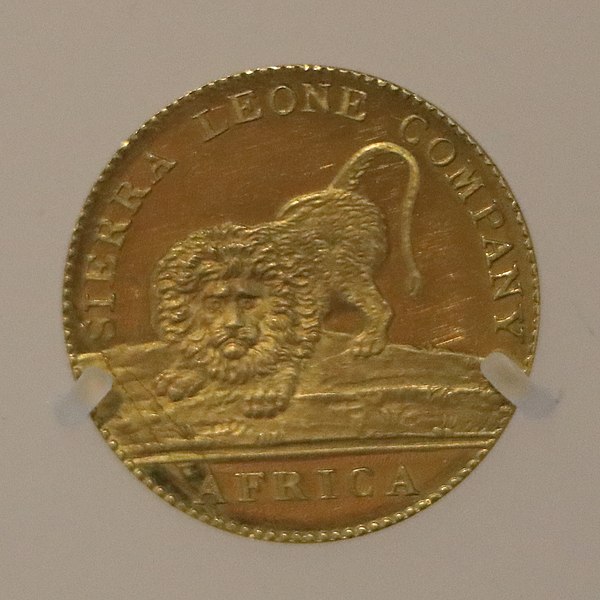The African Institution was founded in 1807 after British abolitionists succeeded in ending the slave trade based in the United Kingdom. The Institution was formed to succeed where the former Sierra Leone Company had failed—to create a viable, civilised refuge for freed slaves in Sierra Leone, in West Africa. It was led by James Stephen and William Wilberforce. From 1823, its work was mostly taken over by the Society for the Mitigation and Gradual Abolition of Slavery Throughout the British Dominions, and it ceased to exist sometime between 1826 and 1828.

The New Union: Club, Being a Representation of what took place at a celebrated Dinner, given by a celebrated – society, a racist print of 1819 by George Cruikshank. It portrays a dinner at the African Institution, stereotyping the black people present. Billy Waters, a Black London street entertainer, amuses the crowds. White abolitionists William Wilberforce, George Stephen, Zachary Macaulay and Robert Wedderburn are present at the event.
The Sierra Leone Company was the corporate body involved in founding the second British colony in Africa on 11 March 1792 through the resettlement of Black Loyalists who had initially been settled in Nova Scotia after the American Revolutionary War. The company came about because of the work of the ardent abolitionists Granville Sharp, Thomas Clarkson, Henry Thornton, and Thomas's brother John Clarkson, who is considered one of the founding fathers of Sierra Leone. The company was the successor to the St. George Bay Company, a corporate body established in 1790 that re-established Granville Town in 1791 for the 60 remaining Old Settlers.
Sierra Leone Company 20 cent coin


